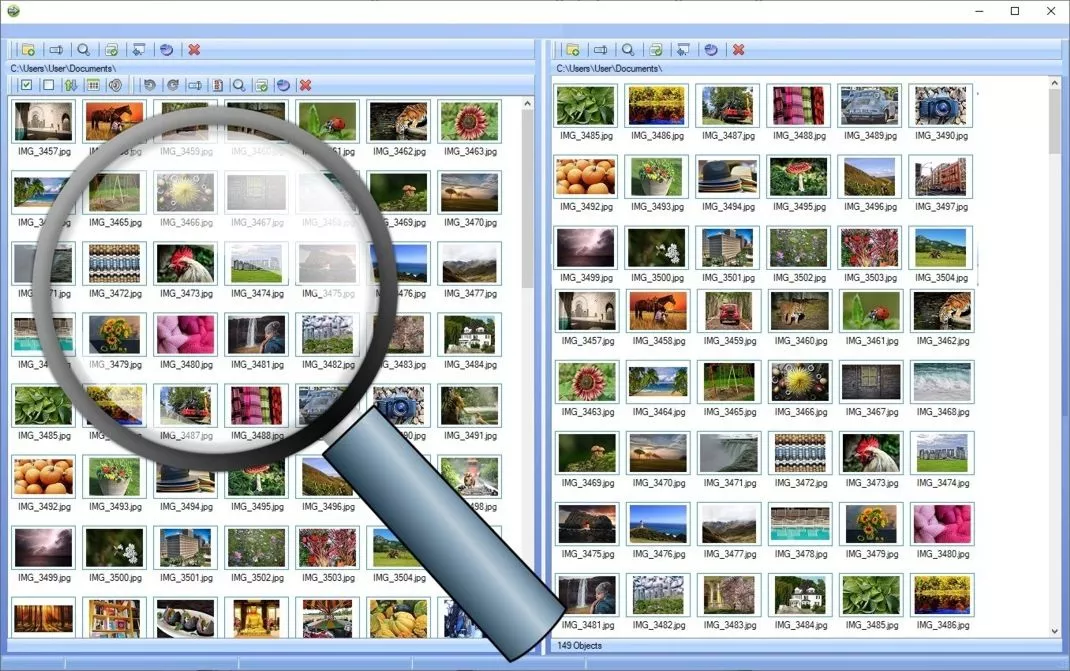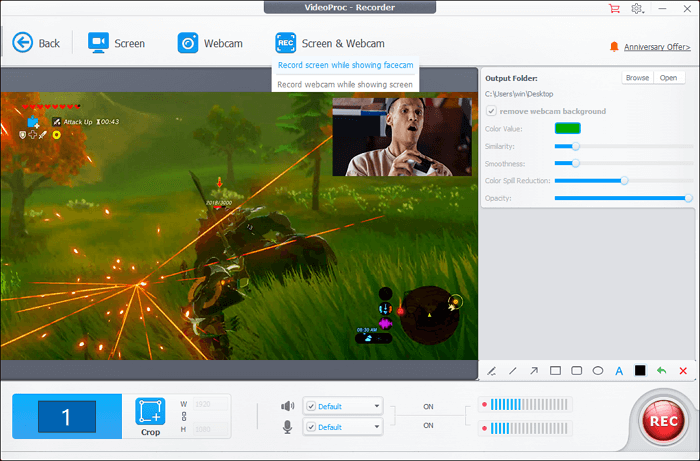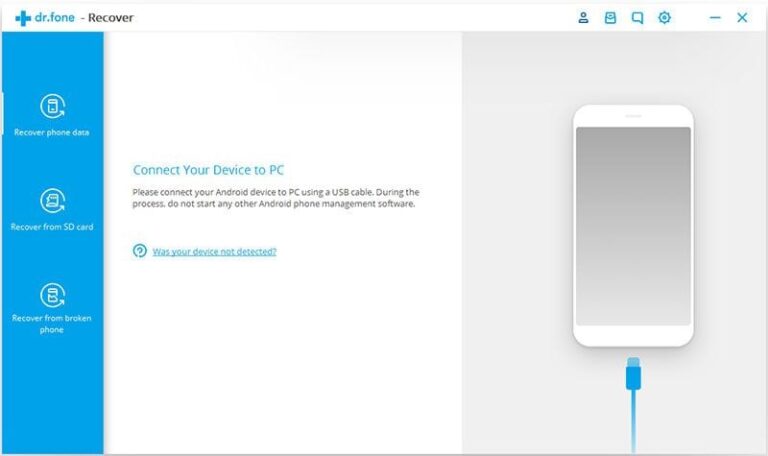Adobe Lightroom is the best software for organizing photos on a PC. It offers powerful tools for photo management and editing.
Organizing photos can be daunting without the right tools. Adobe Lightroom stands out for its comprehensive features and user-friendly interface. It allows users to import, organize, and edit photos seamlessly. With Lightroom, you can easily categorize and tag images, making them easier to find.
The software’s powerful search and filter options save time, especially for large photo libraries. Lightroom also provides cloud storage, ensuring your photos are accessible from any device. Its integration with Adobe Creative Cloud enhances its functionality. Lightroom is a top choice for both amateur and professional photographers.

Credit: audials.com
Introduction To Photo Organization
Our digital age produces countless photos. These photos capture precious memories. Keeping them organized is essential. The task can be overwhelming without the right tools. This is where photo organization software comes in. It helps you sort, manage, and find your photos easily.
The Importance Of Keeping Digital Memories Sorted
Photos hold special memories. They remind us of happy times. Keeping them sorted is very important. Unorganized photos can get lost. You might miss special moments. Organized photos are easy to find. They help you relive your favorite memories.
- Easy to find and relive memories
- Prevents loss of special moments
- Makes sharing photos simple
How Software Can Simplify Photo Management
Photo management software makes things simple. It organizes your photos quickly. You can sort by date, location, or people. The software makes finding specific photos easy. It saves you time and effort.
| Software | Features |
|---|---|
| Software A | Sorts by date, location, and people |
| Software B | Face recognition and tagging |
| Software C | Cloud backup and sharing |
- Install the photo organization software.
- Import your photos into the software.
- Sort your photos by date, location, or people.
- Tag and label your photos for easy searching.
Criteria For Choosing The Best Software
Choosing the best software for organizing photos on your PC can be daunting. There are many options with various features, interfaces, and requirements. This guide will help you identify the best software based on specific criteria.
Ease Of Use
The software should be easy to use for everyone. A simple interface helps users organize photos quickly. Look for drag-and-drop functionality and clear menus. Tutorials and help sections also make a big difference.
Features And Functionality
Consider what features are important. The best software should offer:
- Tagging and categorization for easy photo retrieval
- Editing tools for basic adjustments
- Batch processing to handle multiple files at once
- Cloud integration for backup and access
Advanced features like facial recognition and geo-tagging can be beneficial too.
Compatibility And System Requirements
Ensure the software is compatible with your operating system. Check the system requirements to avoid performance issues. The software should support various photo formats like JPEG, PNG, and RAW.
A table can help illustrate this:
| Software | Operating System | Minimum RAM | Supported Formats |
|---|---|---|---|
| Software A | Windows, Mac | 4GB | JPEG, PNG, RAW |
| Software B | Windows | 2GB | JPEG, PNG |
Ensure your PC meets these requirements for smooth operation.
Adobe Lightroom: A Photographer’s Favorite
Adobe Lightroom stands out as a top choice for organizing photos on PC. It offers powerful tools for photographers. From beginners to professionals, everyone loves it.
Key Features
- Non-destructive editing: Edit photos without altering the original files.
- Batch processing: Apply changes to multiple photos at once.
- Advanced organization: Use keywords, tags, and collections to sort photos.
- Cloud sync: Access your photos from any device with cloud storage.
- Presets: Save and apply custom settings to speed up editing.
Pros And Cons
| Pros | Cons |
|---|---|
| Easy to use interface | Subscription required |
| Powerful editing tools | Steep learning curve for new users |
| Seamless cloud integration | Requires a fast internet connection |
| Regular updates | High system requirements |
Pricing And Plans
- Photography Plan: $9.99/month, includes Lightroom and Photoshop.
- Lightroom Plan: $9.99/month, includes Lightroom and 1TB of cloud storage.
- All Apps Plan: $52.99/month, includes all Adobe Creative Cloud apps.
Google Photos: Seamless Cloud Integration
Google Photos is a top choice for organizing photos on your PC. It offers seamless cloud integration, making it easy to store, manage, and access your photos.
Unlimited Storage Options
One of the standout features of Google Photos is its unlimited storage options. Users can upload high-quality photos and videos without worrying about running out of space.
- Store high-quality images with free unlimited storage
- Option to store original quality photos with limited storage
Ai-powered Organization Tools
Google Photos employs AI-powered organization tools to help you manage your photo library. These tools automatically categorize photos based on content.
Features include:
- Automatic tagging of people and places
- Smart albums created based on events
- Enhanced search functionality
Accessibility Across Devices
Google Photos ensures accessibility across devices. Your photos are available on your PC, smartphone, and tablet.
| Device | Accessibility |
|---|---|
| PC | Via web browser |
| Smartphone | Google Photos app |
| Tablet | Google Photos app |
Sync your photos effortlessly across all your devices. Google Photos makes photo management easy and convenient.
Microsoft Photos: The Windows Default
Microsoft Photos is the go-to software for organizing photos on a PC. It’s pre-installed on Windows, making it convenient and accessible. This tool offers numerous features that make photo management easy and enjoyable.
Integration With Windows Ecosystem
Microsoft Photos integrates seamlessly with the Windows ecosystem. It connects effortlessly with your OneDrive, allowing easy access to cloud-stored images. This integration means you can view, edit, and organize photos without switching between apps.
- Automatic syncing with OneDrive
- Easy access to photos across devices
- Unified interface for all your images
Editing Tools And Features
Microsoft Photos comes with a variety of editing tools. You can crop, rotate, and adjust brightness with ease. It also offers filters to enhance your photos.
| Feature | Description |
|---|---|
| Crop | Trim your photos to the perfect size |
| Rotate | Turn your images to the correct orientation |
| Brightness | Adjust the light levels in your pictures |
| Filters | Apply effects to make your photos pop |
Cost-effectiveness
Microsoft Photos is incredibly cost-effective. It’s free with Windows, so there’s no need to buy extra software. This saves you money while offering high-quality tools for managing your photos.
- No additional purchase required
- Free updates with Windows
- Access to a range of features at no cost
In summary, Microsoft Photos is a robust, integrated, and cost-effective solution for photo organization on a PC. Its seamless integration, editing tools, and free access make it an ideal choice for Windows users.
Acdsee Photo Studio: For Advanced Organizers
ACDSee Photo Studio offers powerful tools for photo organization. It’s perfect for advanced users who need detailed control over their photo library. This software balances ease of use with advanced functionality.
Asset Management Capabilities
ACDSee Photo Studio provides extensive asset management capabilities. You can easily sort, filter, and tag your photos. The software supports various formats, ensuring compatibility with most files. Use the categorization features to group photos by date, location, or event.
- Sort by date, location, or event.
- Tag and rate photos for quick access.
- Supports RAW files from multiple cameras.
Batch Processing Features
One of the standout features of ACDSee Photo Studio is its batch processing capabilities. This allows you to apply the same edits to multiple photos at once. Save time by resizing, renaming, or adjusting exposure for entire albums.
- Resize multiple photos at once.
- Rename batches of photos with a single click.
- Adjust exposure and other settings in bulk.
Customization And Plugins
ACDSee Photo Studio offers extensive customization options. You can tailor the interface to fit your workflow. Additionally, the software supports a wide range of plugins. These plugins add new features and enhance existing ones.
| Feature | Description |
|---|---|
| Customizable Interface | Arrange tools and panels as you like. |
| Plugin Support | Add new features via third-party plugins. |
| Advanced Editing | Enhance photos with powerful editing tools. |
With ACDSee Photo Studio, you have a comprehensive tool for organizing your photos. The software offers robust features for both basic and advanced users.
Comparison Of Top Picks
Finding the best software for organizing photos on your PC can be challenging. Different tools offer various features, user experiences, and use case suitability. This section will help you compare the top picks for organizing photos.
Feature Comparison Table
| Software | Key Features | Price |
|---|---|---|
| Adobe Lightroom |
|
Subscription |
| Google Photos |
|
Free |
| ACDSee Photo Studio |
|
One-time purchase |
User Experience Insights
Adobe Lightroom is powerful but may have a steep learning curve. It is great for professionals who need advanced features.
Google Photos is user-friendly and great for beginners. The AI categorization makes organizing easy.
ACDSee Photo Studio offers robust tools and is ideal for users who need detailed management options. The interface is intuitive but packed with features.
Recommendations Based On Use Case
- For professional photographers: Adobe Lightroom is the best choice.
- For casual users: Google Photos offers simplicity and ease.
- For detailed organization: ACDSee Photo Studio is perfect.

Credit: www.digitalcameraworld.com
Implementing Your Photo Organization Workflow
Organizing photos on your PC can be a daunting task. However, with the right workflow, it becomes manageable and even enjoyable. Below are some steps to help you implement an efficient photo organization workflow.
Setting Up Your Software
First, choose the best software for organizing photos on your PC. Popular options include Adobe Lightroom, Google Photos, and Apple Photos.
Once you have selected your software, install it on your computer. Follow the setup instructions provided by the software. Import your existing photos into the software. This may take some time depending on the number of photos you have.
Creating A Sustainable Organizing Habit
Developing a sustainable organizing habit is crucial for long-term success. Here are some tips to help you stay consistent:
- Set a schedule: Allocate a specific time each week for organizing photos.
- Use tags and keywords: Tag your photos with relevant keywords for easy searching.
- Delete duplicates: Regularly remove duplicate or unwanted photos to save space.
- Create folders: Organize your photos into folders based on events or dates.
Backup And Security Best Practices
Backing up your photos ensures you do not lose precious memories. Implement these backup and security best practices:
- Use cloud storage: Store a copy of your photos on services like Google Drive or Dropbox.
- External hard drives: Keep a physical backup on an external hard drive.
- Enable encryption: Encrypt your backups to protect against unauthorized access.
- Regular backups: Schedule automatic backups to keep your data safe.
By following these steps, you can ensure your photos are well-organized and secure.
Conclusion: Elevate Your Photo Management
Organizing photos on your PC is crucial. It helps keep your memories safe and accessible. Using the right software can make this task easy and fun. In this section, we will review our top software picks and share final thoughts on optimizing photo organization.
Recap Of Top Software Picks
| Software | Features | Best For |
|---|---|---|
| Adobe Lightroom | Advanced editing, cloud storage, tagging | Professional photographers |
| Google Photos | Automatic backup, AI organization, free storage | Casual users |
| ACDSee Photo Studio | Editing tools, facial recognition, batch processing | Advanced amateurs |
| FastStone Image Viewer | Simple interface, fast browsing, basic editing | Beginners |
Final Thoughts On Optimizing Photo Organization
To optimize photo organization, start with regular sorting. Move photos into folders by date or event. This makes them easy to find.
Use tags and keywords. This helps search for photos using specific terms. Many software options offer automated tagging features. Utilize these to save time.
Backup your photos often. Use cloud storage or an external drive. This ensures your memories are safe even if something happens to your PC.
Regularly delete duplicates and unwanted photos. This keeps your collection neat and manageable. Most software options include tools to find and remove duplicates.
Lastly, always keep your software updated. Updates often include new features and security improvements. This ensures you get the best performance and protection.

Credit: www.terraproxx.com
Frequently Asked Questions
What Is The Best Way To Organize Photos On Computer?
Organize photos by date and event. Create main folders for years and subfolders for months or events. Use descriptive names. Backup regularly.
What Is The Best Program To Organize Photos?
Adobe Lightroom is the best program to organize photos. It offers powerful tools for sorting, tagging, and editing images.
How Do You Organize Thousands Of Photos?
Organize thousands of photos by using folders, tagging, and cloud storage. Utilize photo management software for easy sorting and searching. Regularly back up your collection to prevent loss. Consistently update and maintain your system for best results.
How To Organize 30 Years Of Photos Online?
Organize 30 years of photos online by using cloud storage services like Google Photos or Dropbox. Create folders by year or event. Tag and label photos for easy searching. Regularly back up your photos to avoid data loss. Use photo management software to streamline the process.
Conclusion
Finding the best software for organizing photos on your PC can streamline your digital life. Each option offers unique features tailored to different needs. Choose the right one to keep your photo library neat and accessible. With these tools, managing your memories becomes a breeze.
Happy organizing!






